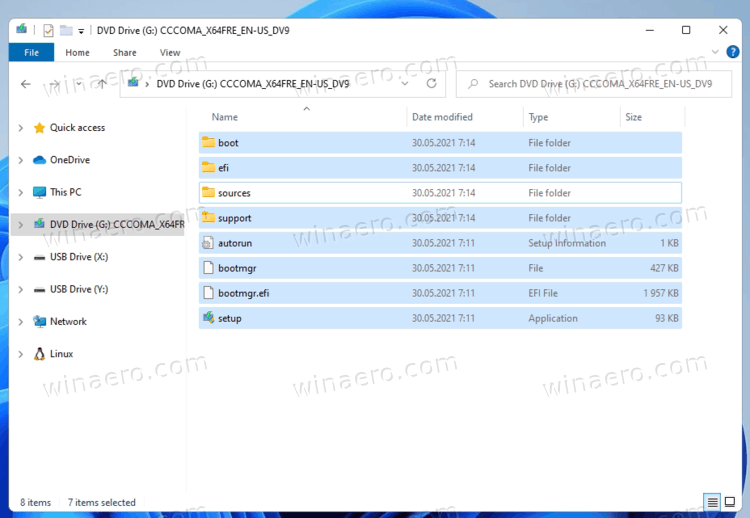
You’ll need to select the USB drive you want to use as your bootable drive. Make sure to select “ USB Flash Drive” at the next stage, then click Next.


To change any of the recommended installation settings, clear the Use the recommended options for this PC checkbox, then click Next. You’ll need to follow some straightforward on-screen instructions next.įirst, click Accept when the EULA comes up, then choose your language-you can also change the language later. To begin, head to the Windows 11 download page and press the “ Download Now” button in the Create Windows 11 Installation Media section.Īllow the download to complete, then launch the MediaCreationToolW11.exe file from your downloads folder. If you want to use the Media Creation Tool to create a bootable USB installation drive for Windows 11, you’ll need to follow these steps. Creating a Bootable Windows USB Drive Using the Media Creation Tool Before upgrading a Windows 10 PC, make sure all apps are closed and back up your system. Make sure to back up any data you need on the drive first.

Note: This requires a USB drive that’s 8 GB or larger. Here’s how to create a bootable Windows 11 USB drive and install Windows 11. It also lets you boot from the drive and do a clean installation. The Media Creation Tool allows you to perform an in-place upgrade where you keep all of your files and settings. The USB drive will also need to have 8GB or more of capacity.We’ve shown you how to create a bootable USB drive with Rufus, but another easy method is to use the Media Creation Tool from Microsoft. Before you get started, make sure you don't have any important files on the USB drive, since they'll be deleted during the process. This can take your ISO file and flash it onto your flash drive so you can boot from it. If you want to create a USB installation media you can use for other PCs or for a clean installation, you'll need a program like Rufus. Plus, this method also lets you install Windows 11 on hardware that's not officially supported. You can do that using the ISO you've already downloaded.

However, if you want to perform a clean install or format your PC, you may need to create a bootable USB drive. Double-click the ISO file, run the setup file, and you're good to go. As we've mentioned above, if you download an ISO file and you just want to upgrade to Windows 11, you can actually mount the ISO in Windows and run the setup file from there.


 0 kommentar(er)
0 kommentar(er)
